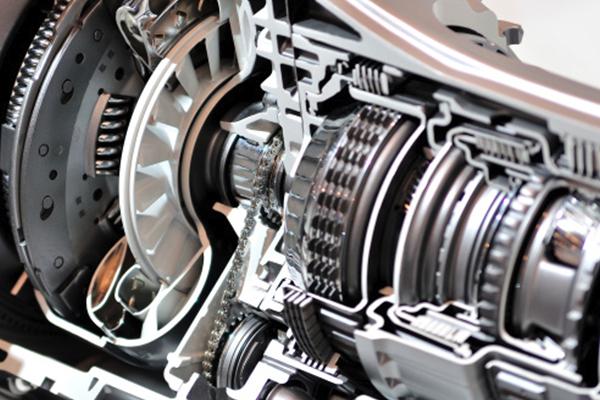Mobile:+86-311-808-126-83
Email:info@ydcastings.com
English
Exploring the Properties and Applications of Casting 6061 Aluminum Alloys in Modern Manufacturing
Understanding Casting 6061 Aluminum A Versatile Metal for Modern Applications
Aluminum is one of the most widely used metals in various industries due to its unique properties, lightweight nature, and excellent corrosion resistance. Among the many alloys available, 6061 aluminum has gained popularity, particularly in casting applications. This article delves into the characteristics, advantages, and typical applications of casting 6061 aluminum, illustrating why it stands out as a versatile material in modern manufacturing.
What is 6061 Aluminum?
6061 aluminum is an alloy primarily composed of aluminum, magnesium, and silicon. It belongs to the 6000 series of aluminum alloys, which are known for their good mechanical properties and good corrosion resistance. The 6061 designation indicates a specific combination of these elements that results in enhanced performance characteristics. This alloy can be heat-treated to increase its strength, making it particularly suitable for various structural applications.
Properties of 6061 Aluminum
One of the most noteworthy attributes of 6061 aluminum is its excellent strength-to-weight ratio. This characteristic makes it an ideal choice for applications where reducing weight is critical without compromising strength. Additionally, 6061 aluminum exhibits good machinability and weldability, enabling smooth processing and fabrication. Its resistance to corrosion also ensures longevity, especially in environments where exposure to moisture and chemicals is prevalent.
The alloy can be cast into various forms, including sheets, plates, and intricate shapes, making it incredibly versatile. Furthermore, 6061 aluminum can be easily anodized, which enhances its surface durability and aesthetic appeal by providing a protective oxide layer.
Advantages of Casting 6061 Aluminum
casting 6061 aluminum

Casting 6061 aluminum presents numerous advantages over other manufacturing methods. The casting process allows for complex geometries and designs that would be challenging or impossible to achieve through traditional machining. This capability is particularly important in industries like aerospace, automotive, and marine, where intricate components are required.
Another benefit is the material savings associated with casting. By utilizing a casting process, manufacturers can reduce waste and optimize material usage, resulting in a more cost-effective production cycle. Additionally, the ability to produce lightweight yet strong components can lead to improved energy efficiency in applications such as vehicle manufacturing, where every ounce matters.
Applications of 6061 Aluminum Casting
The applications of casting 6061 aluminum are vast and varied. In the aerospace industry, it is used to manufacture components such as aircraft frames, brackets, and other structural parts that require strength and lightweight characteristics. The automotive sector also utilizes 6061 aluminum for parts like engine blocks, wheels, and transmission housings, where durability and performance are critical.
Moreover, casting 6061 aluminum is popular in the marine industry for boat hulls and various fittings, owing to its high resistance to corrosion in saltwater environments. Additionally, it is widely employed in creating molds and fixtures for manufacturing processes due to its excellent dimensional stability and strength.
Conclusion
Casting 6061 aluminum is a testament to the advanced capabilities of modern manufacturing techniques. Its unique combination of strength, lightweight properties, and excellent corrosion resistance makes it a preferred choice across various industries. As technology evolves and demand for efficient, high-performance materials increases, the significance of casting 6061 aluminum will undoubtedly continue to grow, paving the way for innovative applications and enhanced product performance in the future.
-
Premium Fan Housing & Motor Casing for Optimal AirflowNewsAug.31,2025
-
High-Performance Automobile Water Pump & Electric SolutionsNewsAug.30,2025
-
Expert Stainless Steel Casting | Precision & Durable Metal PartsNewsAug.29,2025
-
Precision Metal Castings: Aluminum, Stainless Steel & Die CastingNewsAug.28,2025
-
Superior Aluminum Castings in Automotive Engine PartsNewsAug.22,2025
-
Common Materials Used in Fan Housing ManufacturingNewsAug.22,2025











